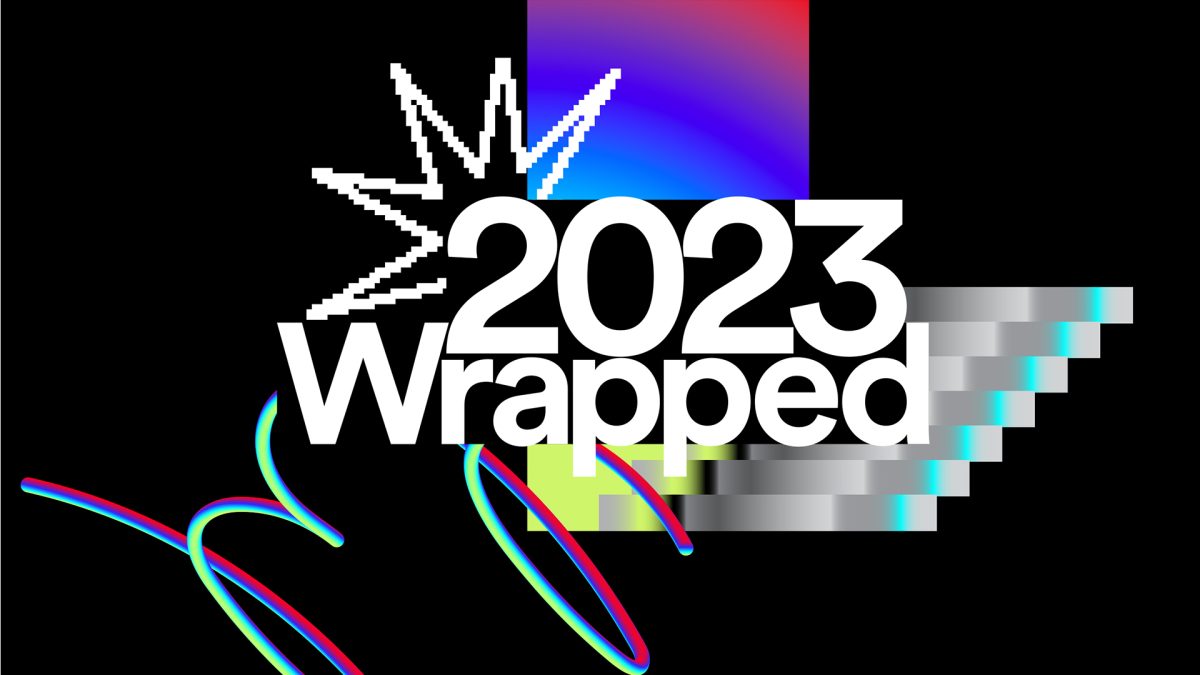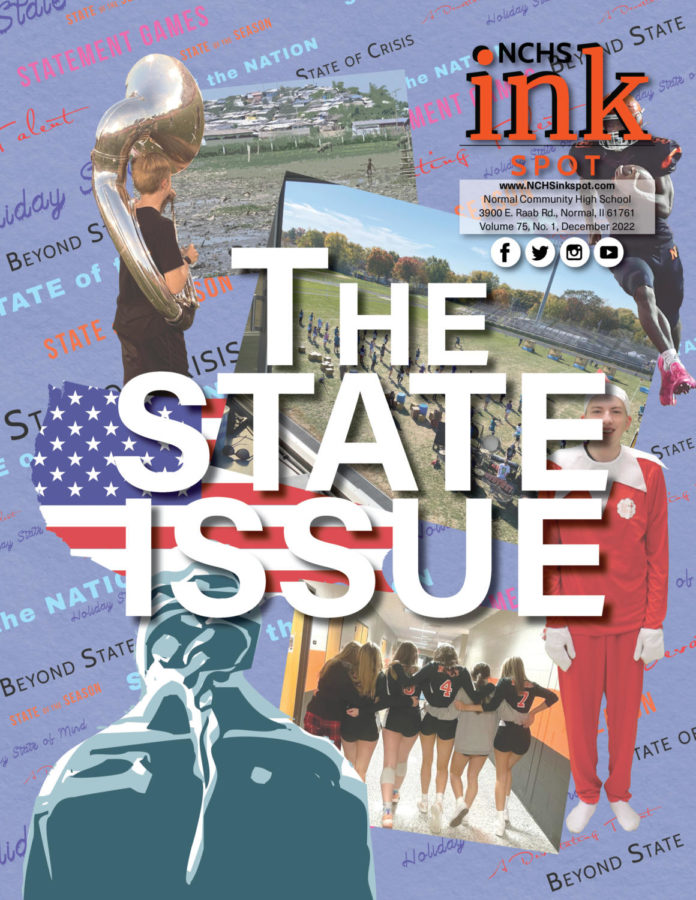Before COVID-19 indefinitely shut down professional and amateur sports alike, a bright spot emerged in the ordinarily dark time after the Super Bowl.
The NFL season concluded on February 2 with the Kansas City Chiefs being crowned league champions. In years past, the days and months after the NFL playoffs were continually counted down by football fans. Fans waiting patiently until August – for high school, college, professional, any, football.
But this spring, football fans had a new pro league to focus on- with the XFL willing the void.
The Coronavirus has impacted sports on all levels, and the XFL was not exempt.
On March 12, the XFL announced that it “will not be playing regular-season games. However, all players will be paid their base pay and benefits for the 2020 regular season. All XFL ticket holders will be issued refunds or credit toward future games. The XFL is committed to playing a full season in 2021 and future years.”
Despite the unprecedented shutdown, the XFL’s commitment to its players, fans, and future is encouraging to its long-term viability.
When play resumes in 2021, the XFL is set up for success.
Historically, professional football leagues in the US – besides the NFL – do not last. Last April, the upstart Alliance of American Football was the latest in a long line of failed start-up leagues.
The Arena Football League filed for bankruptcy in November, and with that, ceased all operations. NFL Europe, USFL, the World Football League – outside of Canada’s CFL – these upstarts have all tried to capture football fans’ attention. And failed.
The XFL, too, has tried to break into the pro football game – and failed. Initially launched in 2001 by WWE CEO Vince McMahon, after just one season, the league announced it would not be continuing to play. Dismal TV ratings, low attendance numbers, and little overall public attention plagued the league throughout its original run, forcing McMahon to fold.
A new approach to the league could be what determines the XFL’s success. In 2001, the XFL’s style was more of sports entertainment (like McMahon’s WWE) than it was sport – than it was football. It was gimmicky – on the backs of jerseys were nicknames like “He Hate Me”, instead of player last names; they had a cameraman on the field in protective gear (including a hockey helmet)… It lacked talented players, and it was overly violent.
In the 18 years since the XFL’s initial failure, the NFL has been under almost constant criticism for its drastic changes to the game. In an attempt to make the game of football safer for the NFL players, the rules have become overly complicated, the pace of play drags, and the big plays fans once tuned in for are rarer and rarer.
In December of 2017, Vince McMahon announced that he was seriously considering reviving the once failed league. McMahon’s plans came to fruition in July of 2019 when the logos for the league’s eight teams were revealed, and the 2020 XFL was made official.
This time around, instead of trying to be a direct competitor to the NFL the XFL is trying to fill the gaps the NFL has created, making significant strides towards addressing what the NFL has lost over the years – excitement. The new XFL sought to remedy the issues the NFL had brought upon itself.
Eight teams kicked-off the 2020 XFL season on February 8. In four weeks of play, it was apparent that the new XFL is more competitive and features a higher-level of talent with rosters featuring once-prominent NFL names like Landry Jones, Connor Cook, and Antonio Callaway.
The first month of XFL action appealed to fans because of the implementation of non-traditional rules, consisting of numerous differences from those of the NFL. The XFL presented a different scoring structure, a ‘comeback period’, a limited number of timeouts, and overtime changes. All changes meant to address perceived issues in NFL play.
Double forward pass
In typical football rule books, two passes are legal only if the first pass is backward and behind the line of scrimmage.
However, the XFL rules allow for two passes to be made without forcing players to make the initial pass backward. This rule opens many new playcalling opportunities and has the potential for exciting and increased scoring within the league.
After touchdown points
As of a 2015 rule change, after a touchdown is scored in the NFL, teams decide between attempting a two-point conversion from the 2-yard line or kicking a point after attempt (PAT) from the 15-yard line (for a 33-yard field goal attempt.)
The XFL looked to change this traditional scoring method by eliminating the PAT, which was largely considered to be a “gimme.” Before the 2015 rule change, PATs were converted 99% of the time. Even after the NFL change, the 2019 success rate was 93.9% – with four teams having a perfect conversion record.
Replacing the PAT are additional scoring opportunities after touchdowns where higher risk translates to higher reward. If successful, teams attempting from the 2-yard line will receive 1 point after a touchdown; if converted from the 5-yard line, teams earn 2 points; if converted from the 10-yard line, teams receive 3 points.
Overtimes
Unique to the XFL is its overtime structure. Like in hockey and soccer, the XFL features a ‘shootout’ scenario to award a winner in the event of a tie at the end of regulation play.
The overtime ‘shootout’ consists of five one-play possessions for each team. Each time a conversion is successful, two points are awarded and added to the overall score.
Should a pass be intercepted during a team’s shootout attempt, the defense is not allowed to score, and the play is blown dead.
If the score remains tied at the conclusion of the overtime period, a second overtime is played, and so on until one team wins.
Timing changes
Instead of the 45-second play clock that currently exists in leagues like the NFL and NCAA, the XFL introduced a new 25-second play clock. The overall goal of the change is to provide a quicker pace of play and more entertainment for fans. The XFL, with this change, showcases their motto of: “More ball, less stall.”
While the average NFL game is over three hours in length, on average only 11-15 minutes of football is played.
Play reviewal
For 2020, The XFL removed the coach’s challenge from games. Coach’s challenges play an important role in games at levels like the NCAA and NFL. The rule will entirely strip coaches of having the option to challenge questionable plays.
Instead, all plays that are deemed reviewable by on-field officials will be reviewed immediately by an in-arena ‘Replay Official’, providing an unbiased look and communicate with the on-field officials to determine the correct call.
To keep the review system simple, The XFL has limited reviewable actions to plays that involve: possession, out of bounds, the line of scrimmage, the time on the game clock, proper down, and penalty enforcement.
Rules like these serve a more valuable purpose than just trying to revolutionize the game of football. All in all, the XFL’s newly integrated rules are for the fan, for the sole purpose of adding entertainment back into the game of football.
Through game rules not regularly seen in the NFL and NCAA football, the XFL adds an entertainment value that the NFL has lost.


![Community honors longtime coach Mr. Bryan Thomas before Oct. 3 game [photo gallery]](https://nchsinkspot.com/wp-content/uploads/2025/10/Thomas-6-1200x1200.jpg)







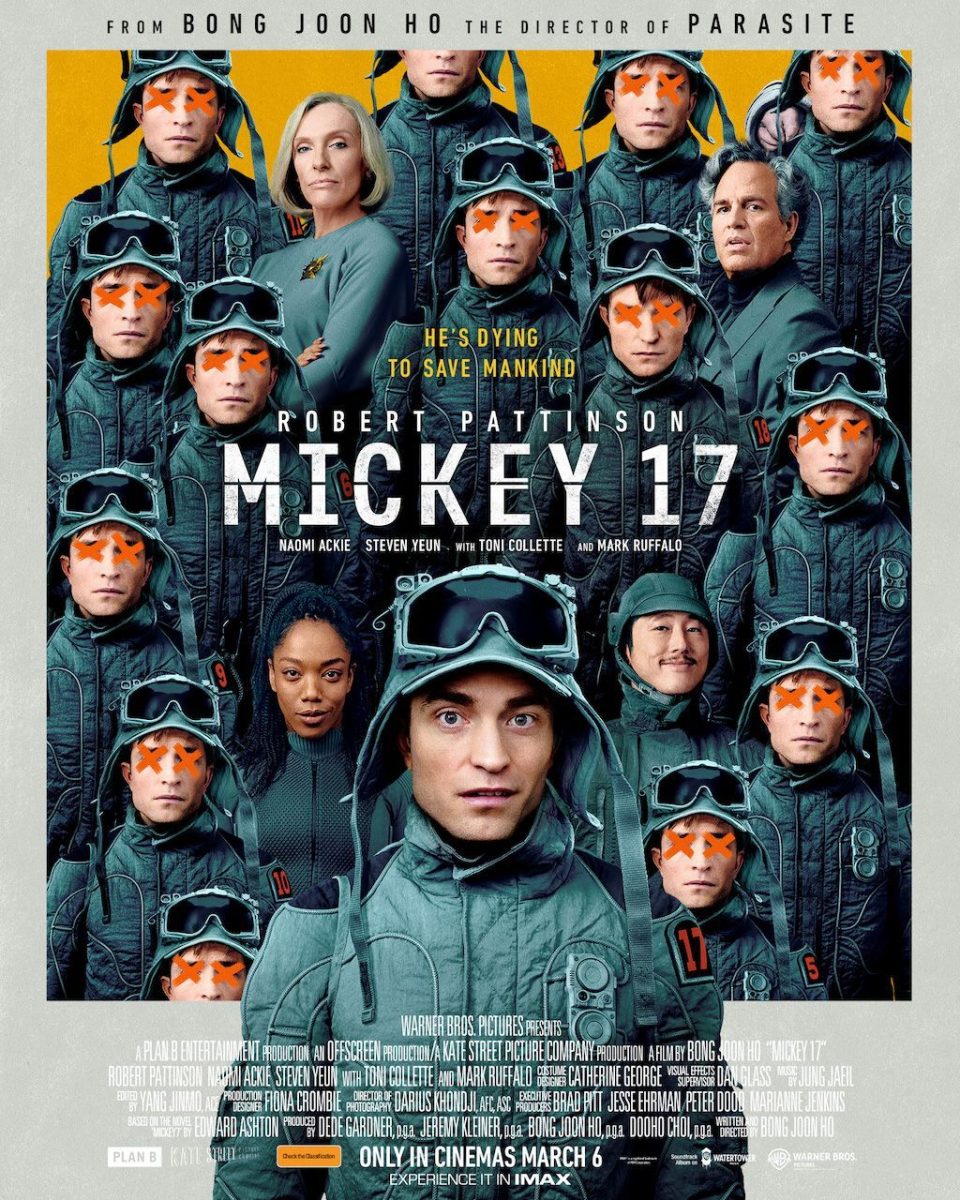


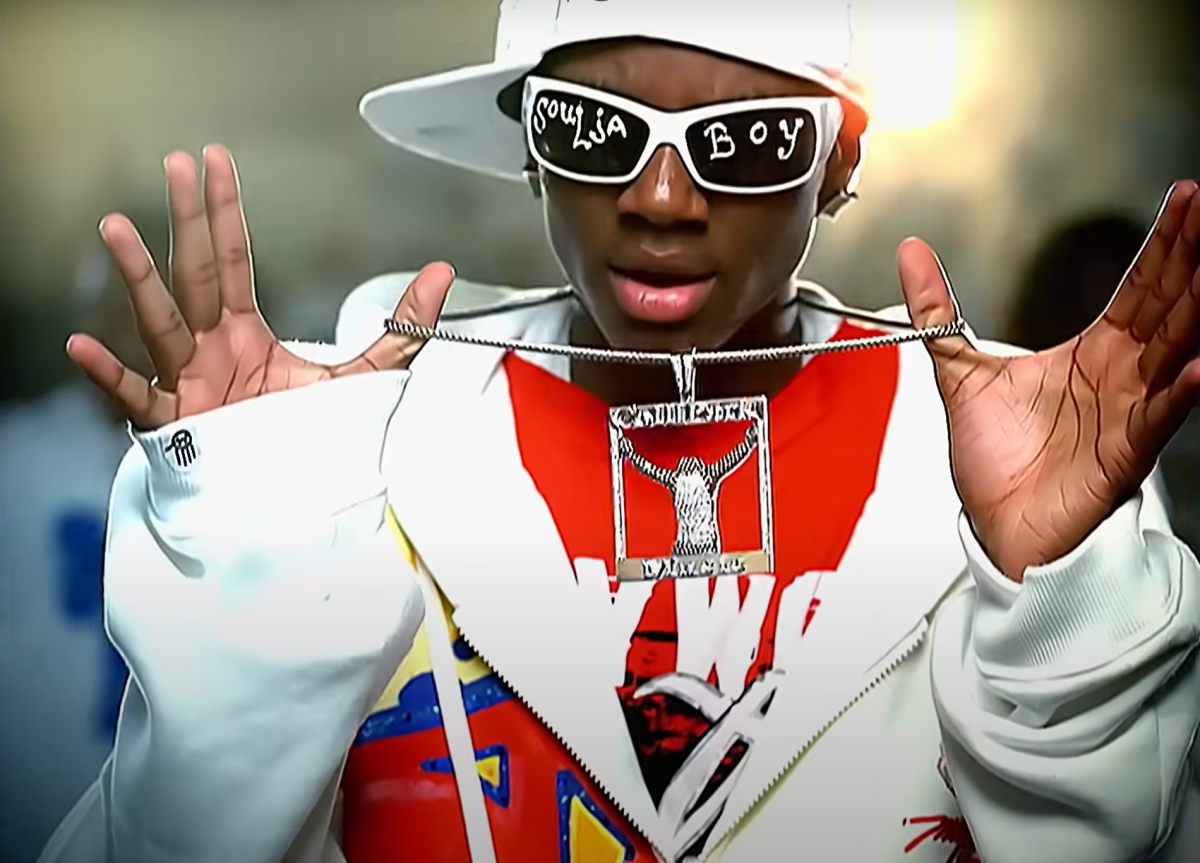
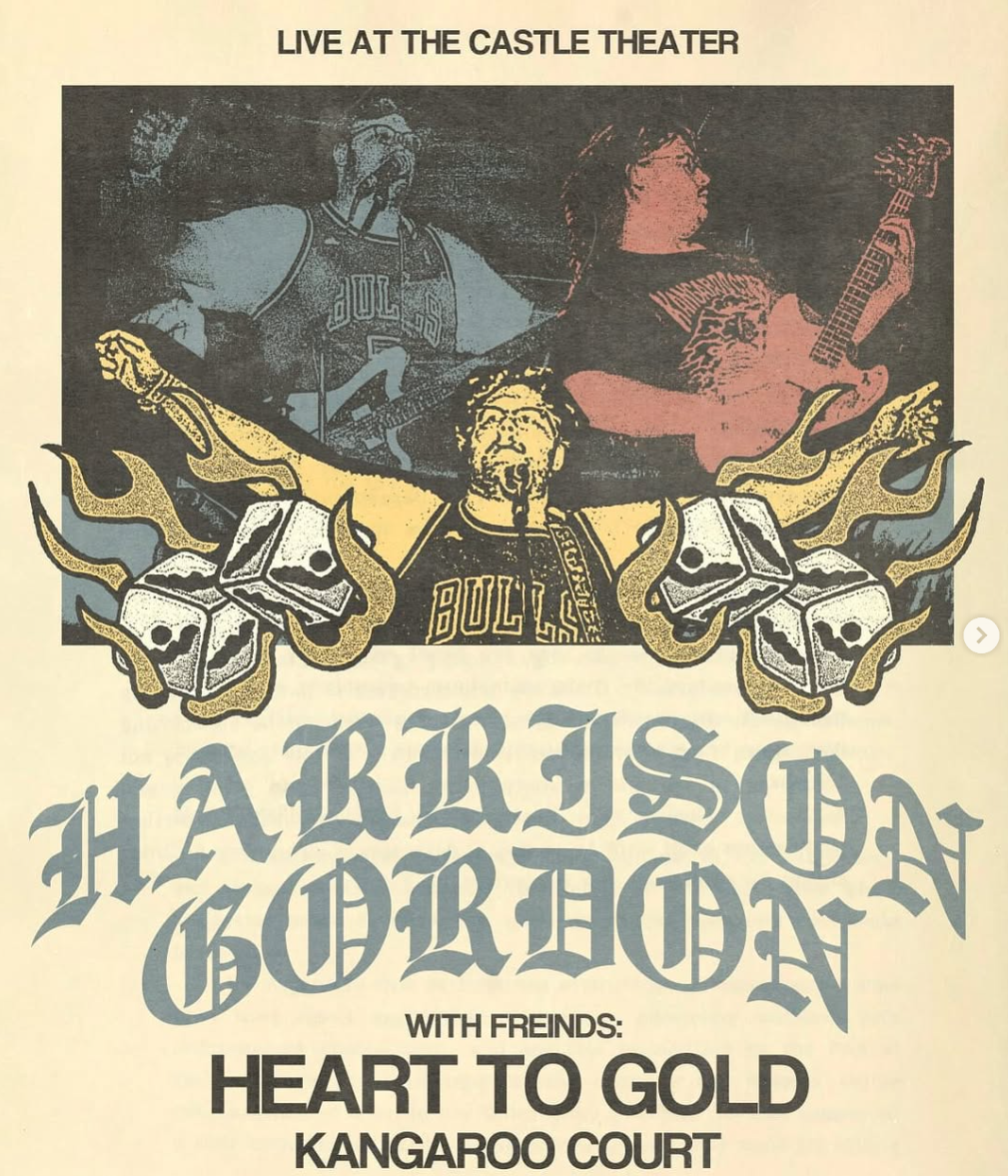
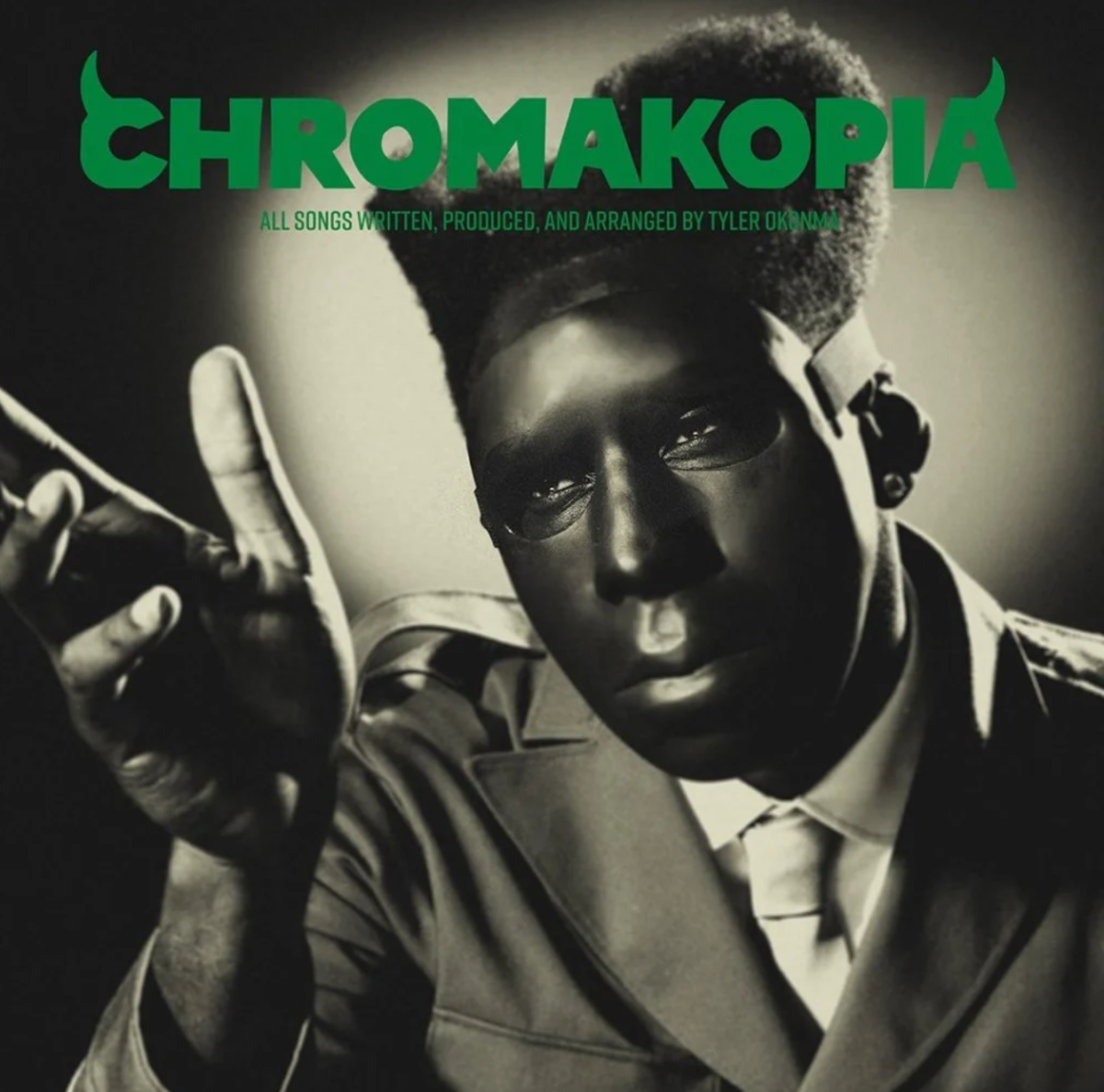

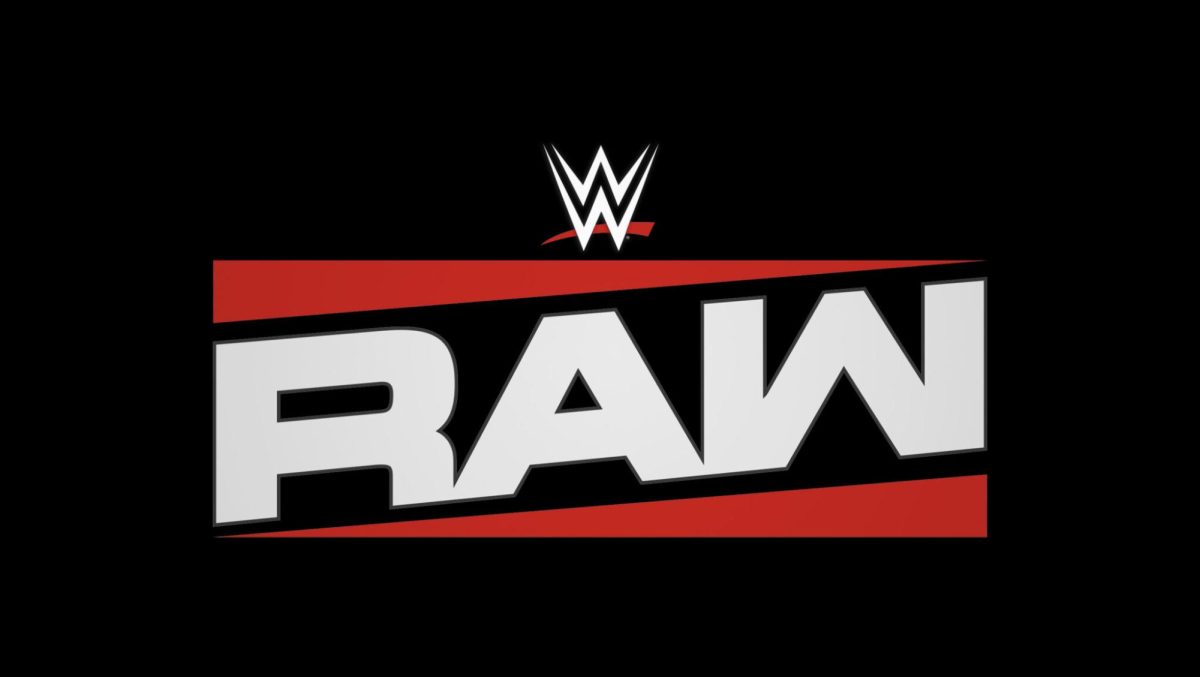
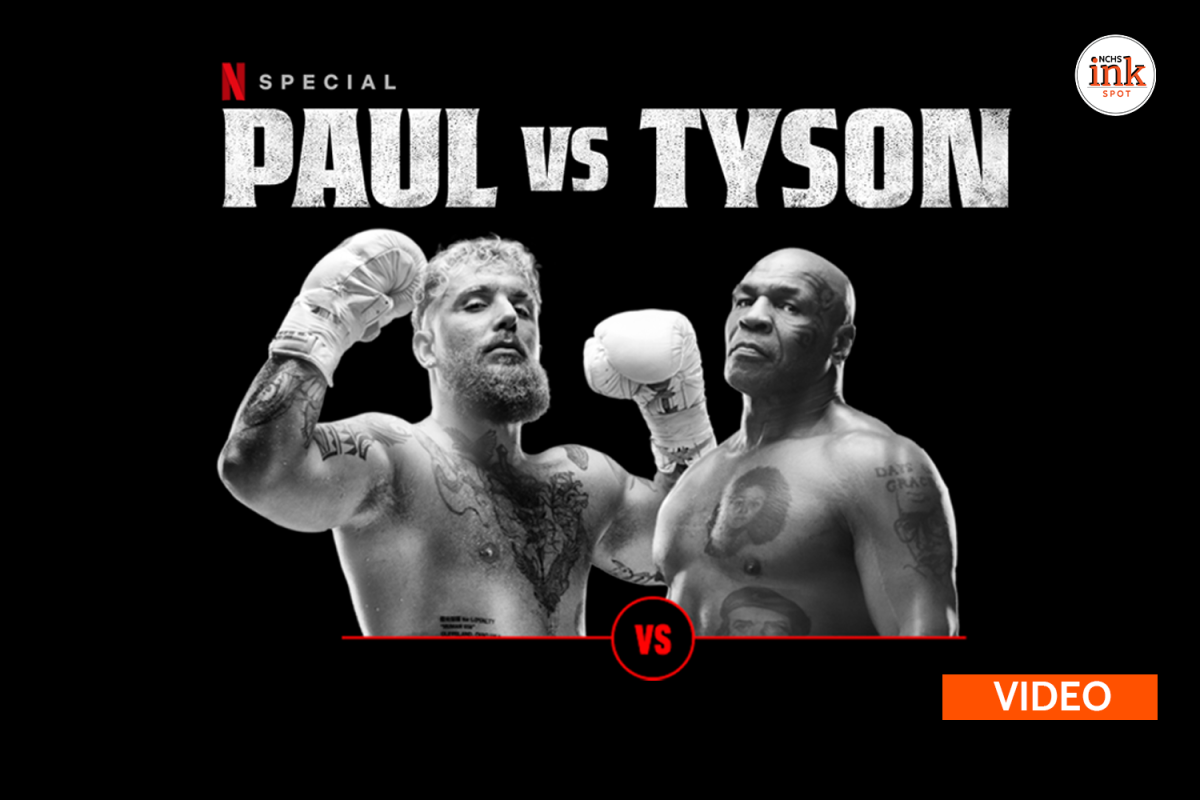

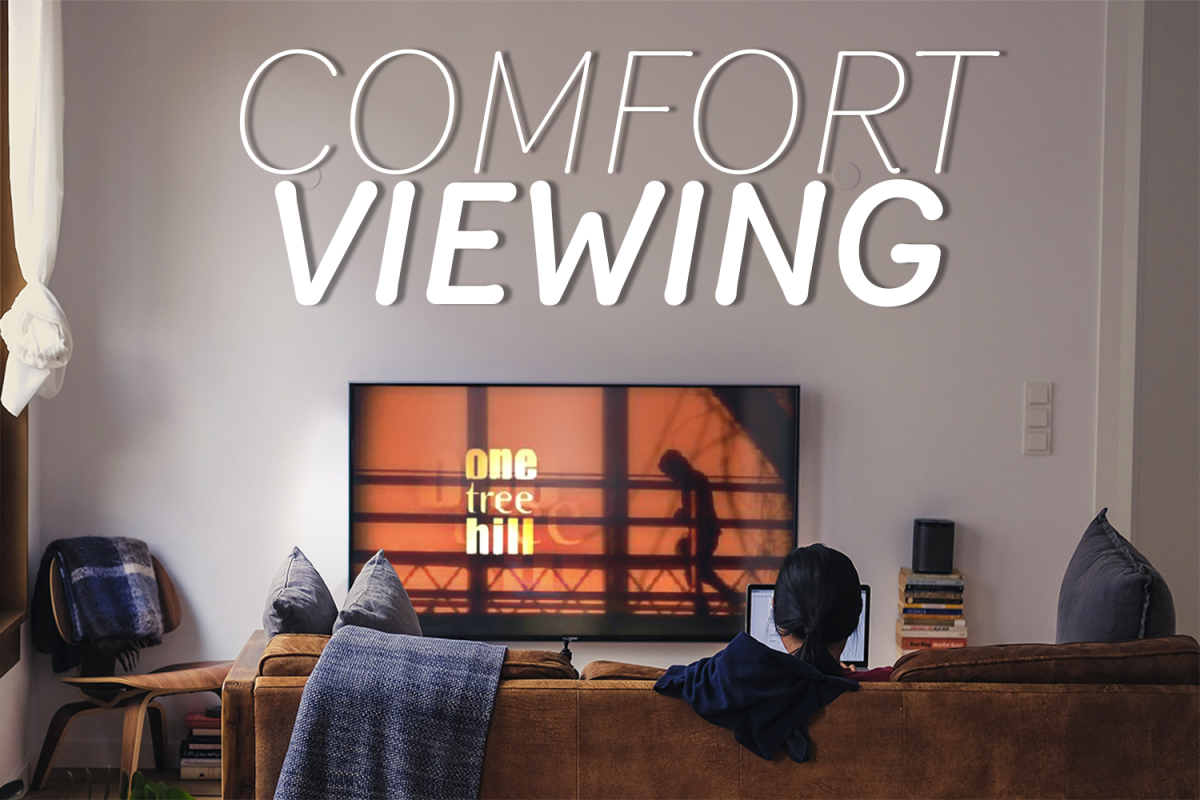
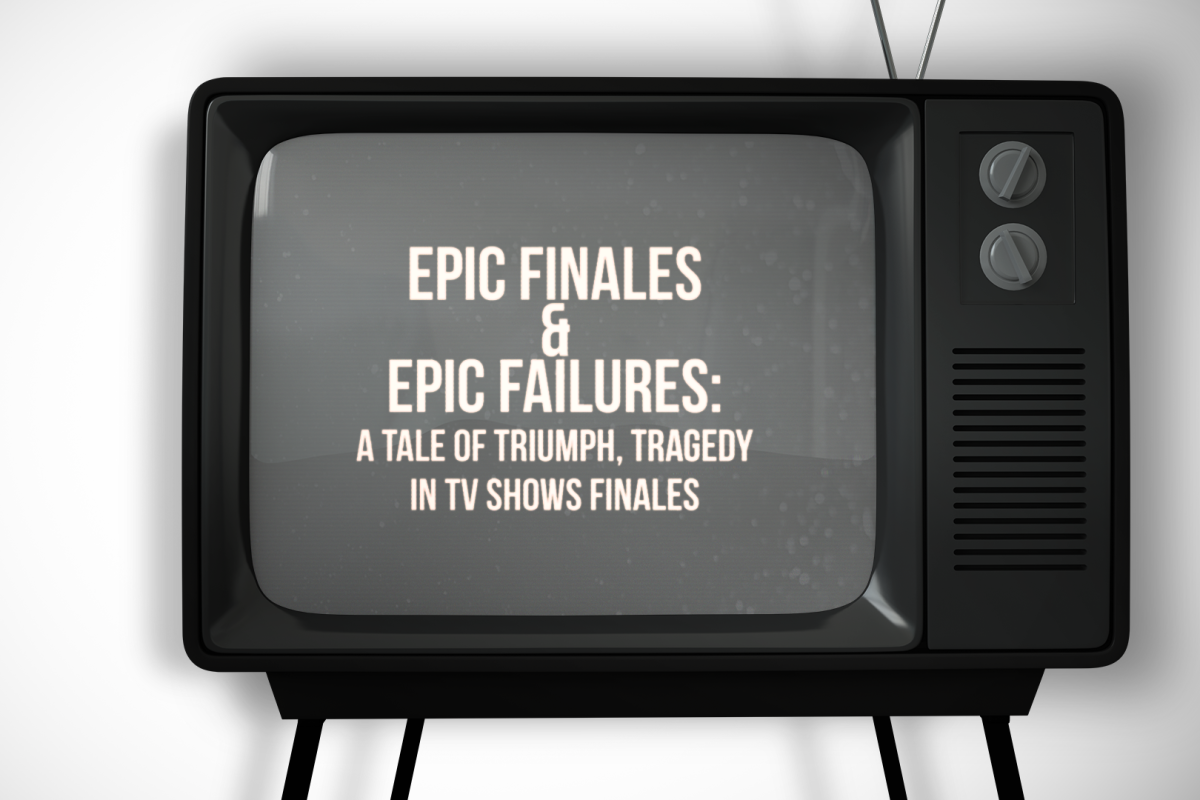
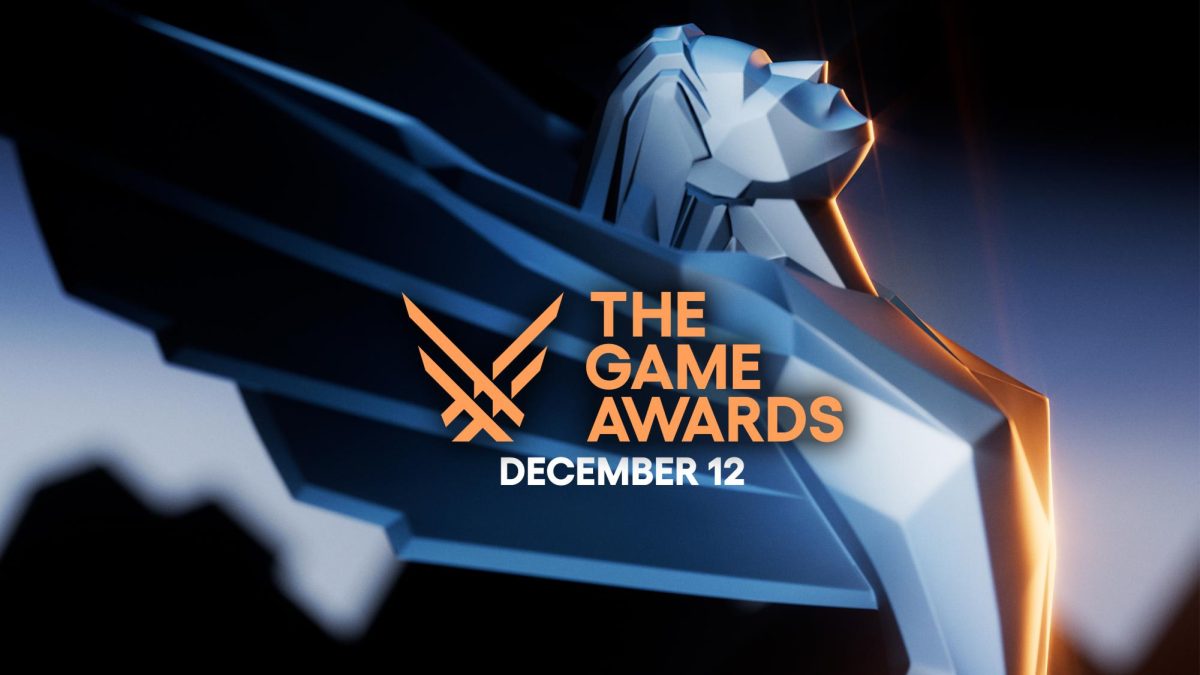
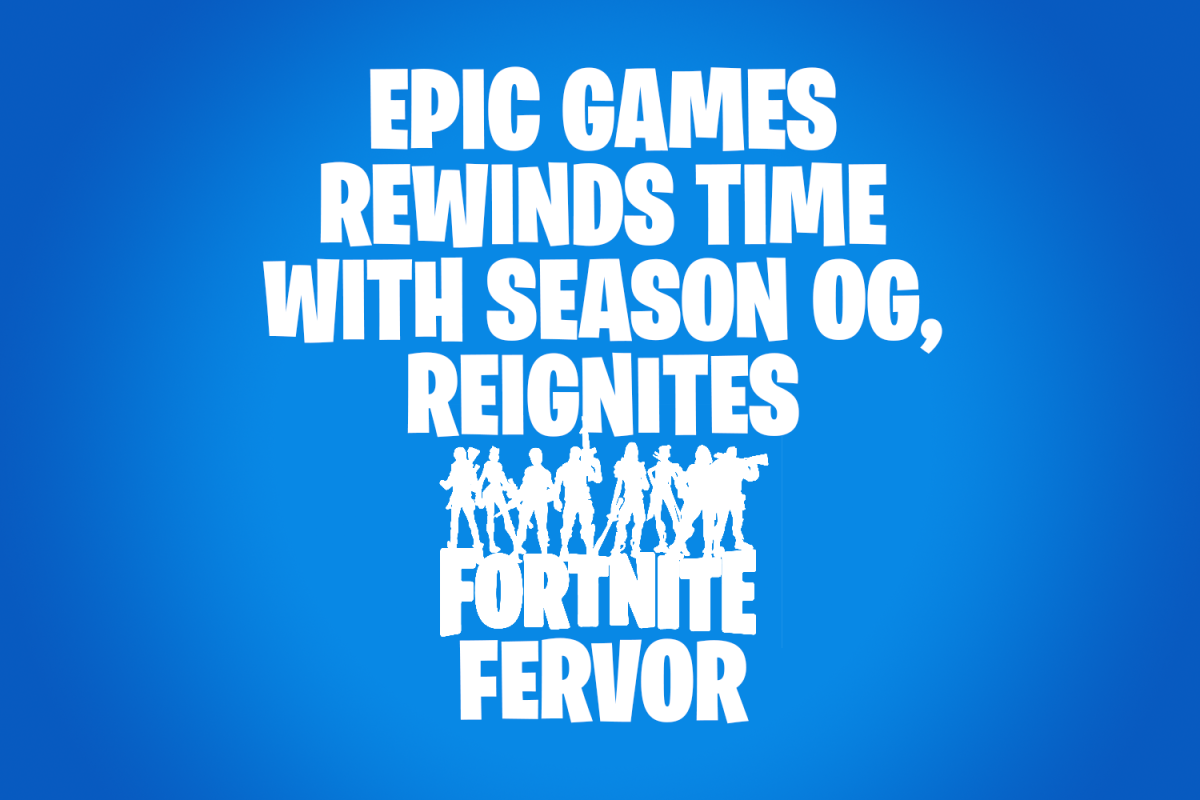
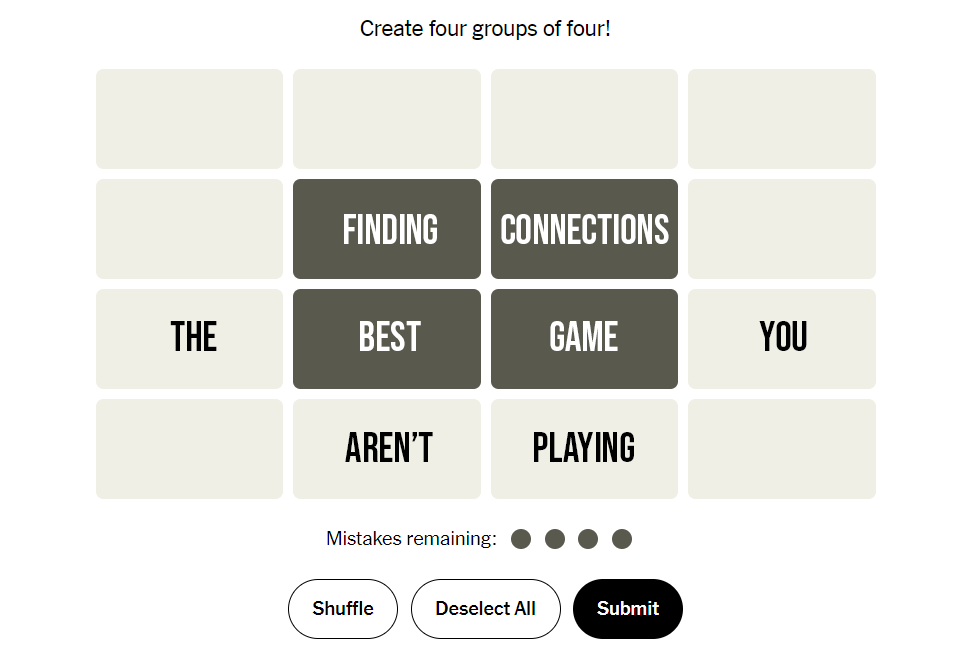
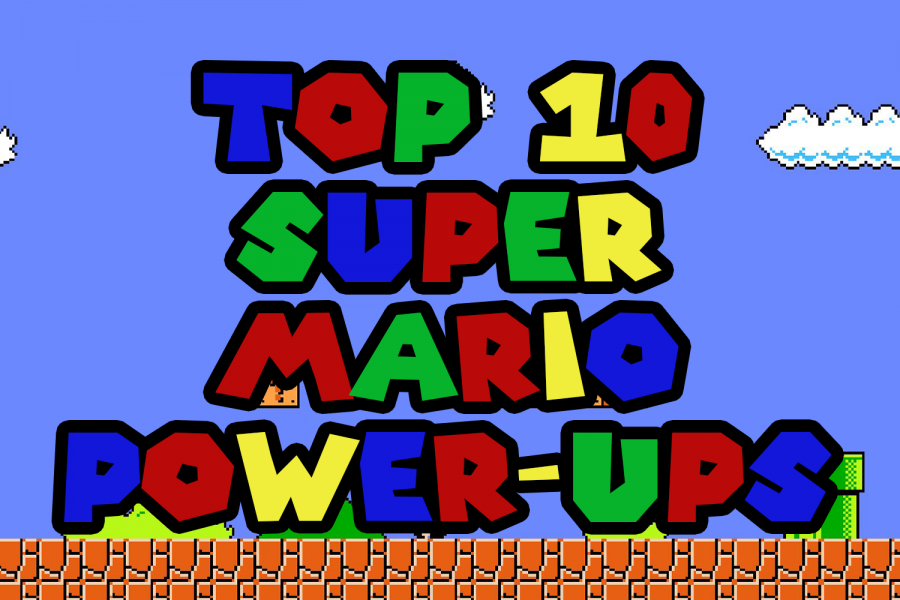

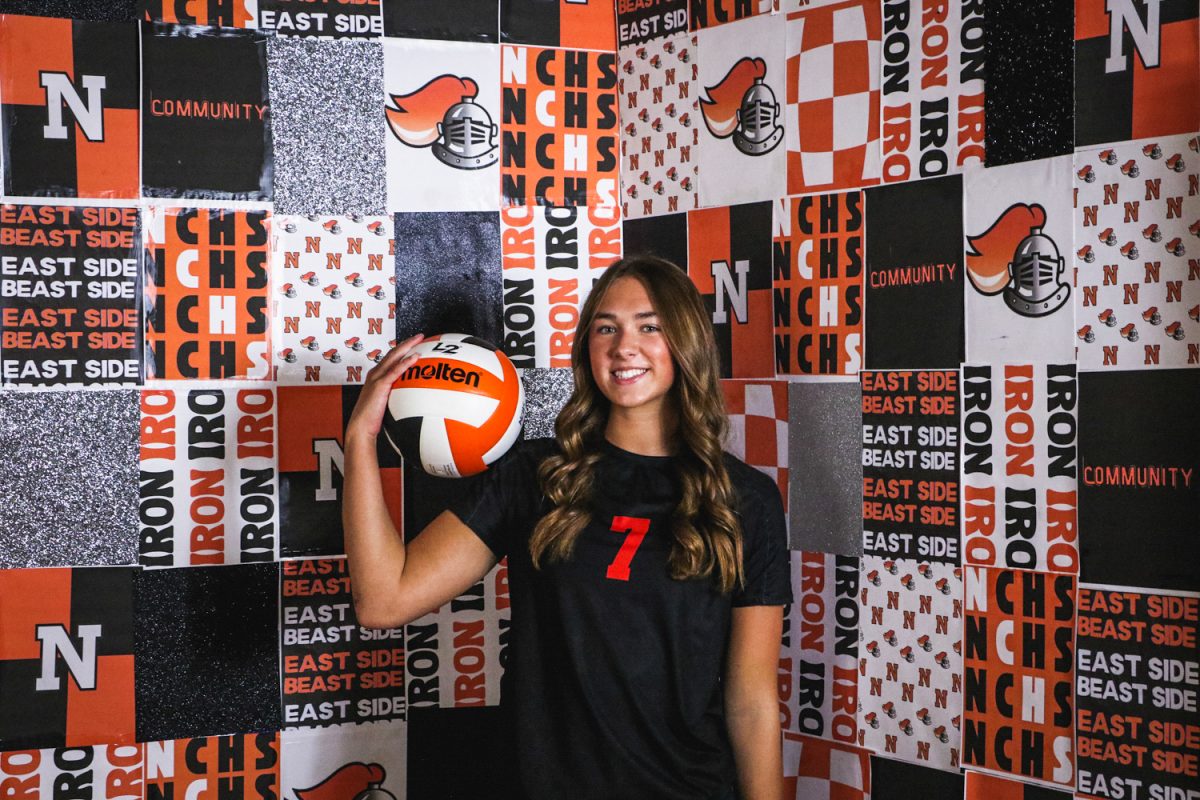

![Week 7: Coach Drengwitz recaps the Ironmen’s win over Bloomington, talks Danville [video]](https://nchsinkspot.com/wp-content/uploads/2025/10/Vikings-feature-Image-1200x675.png)
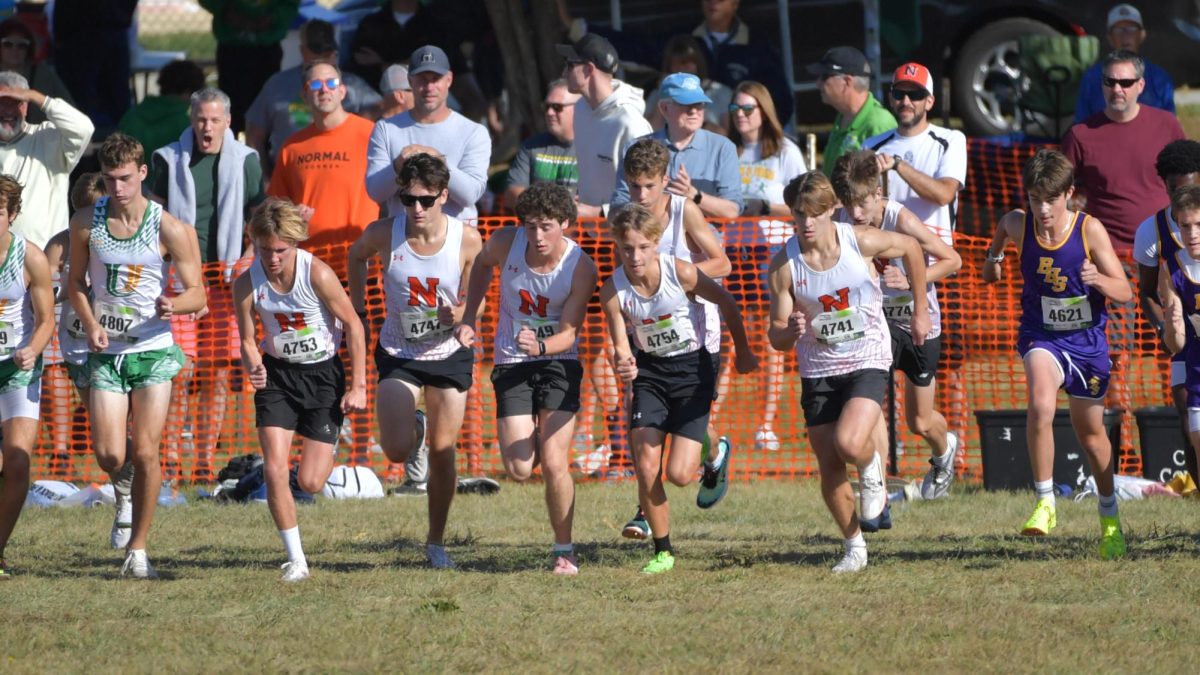

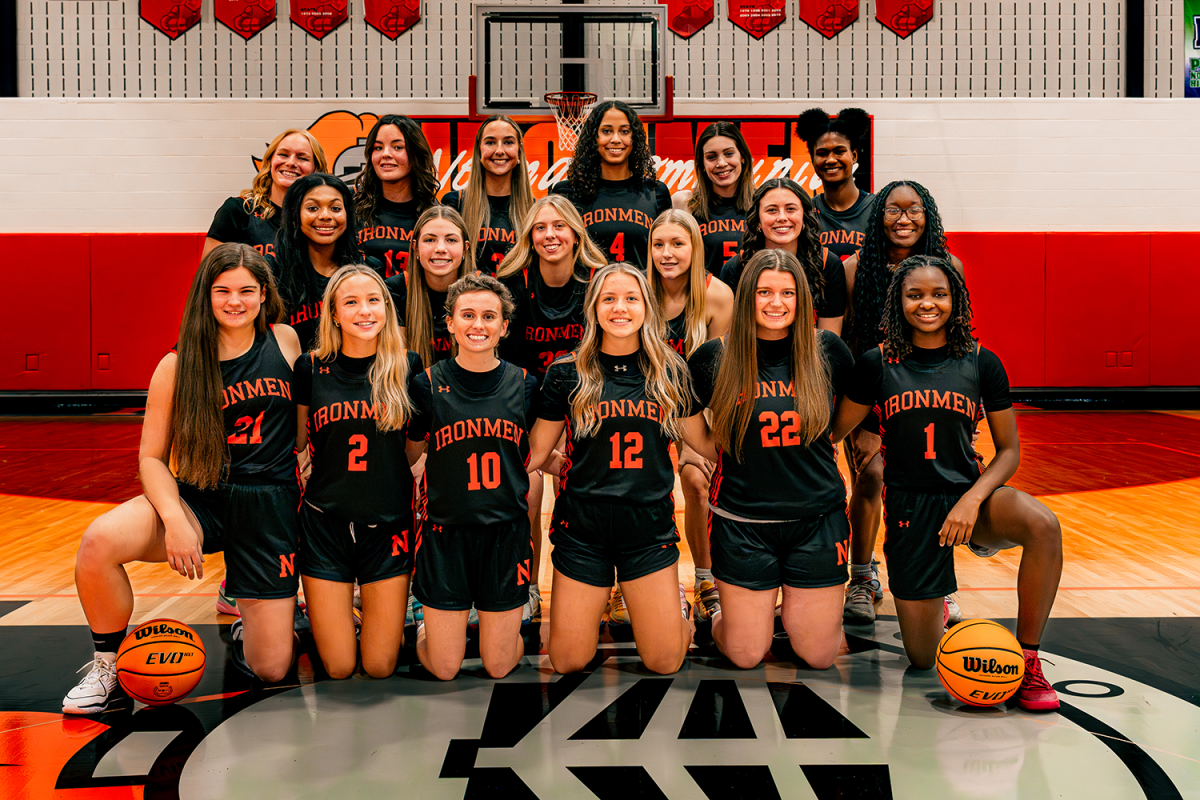


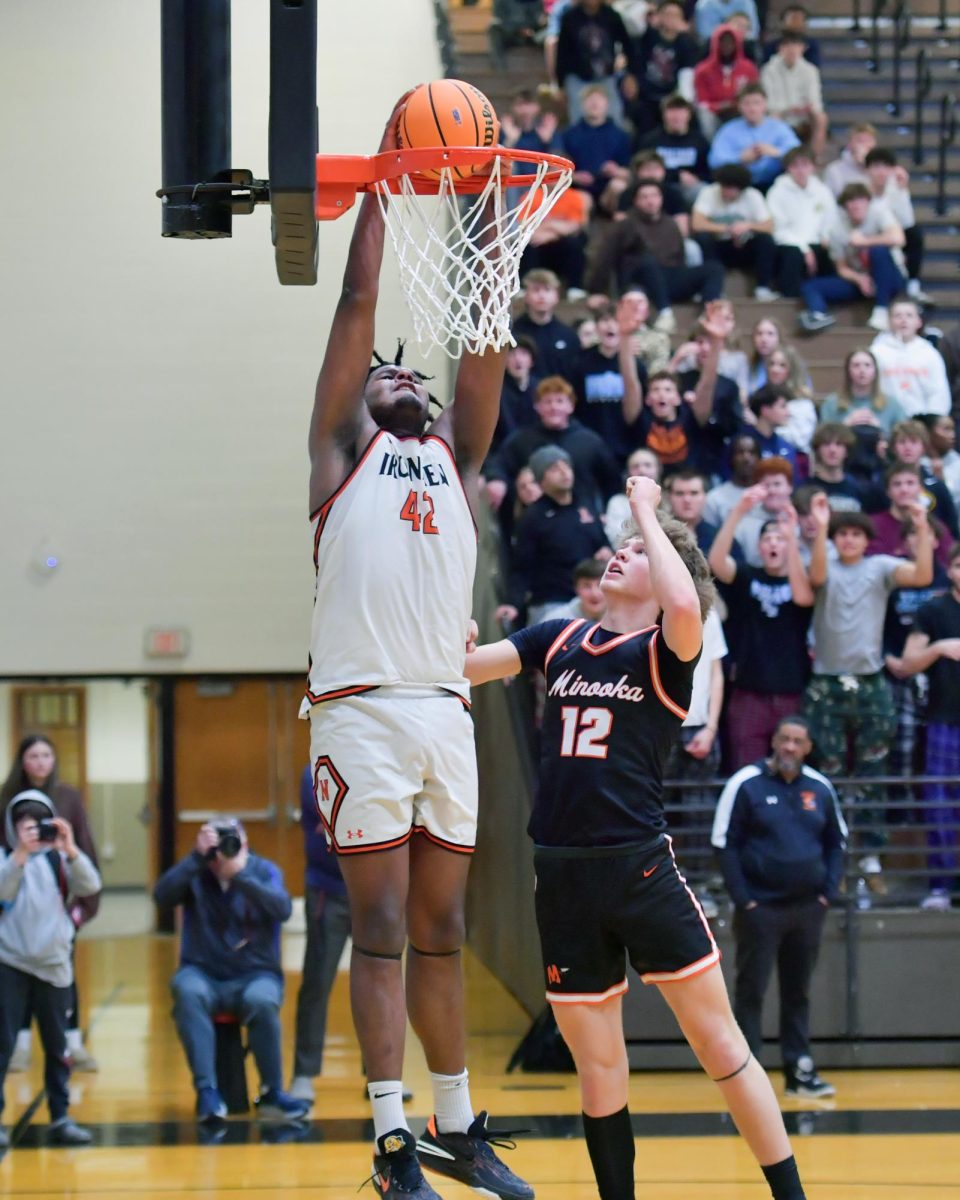
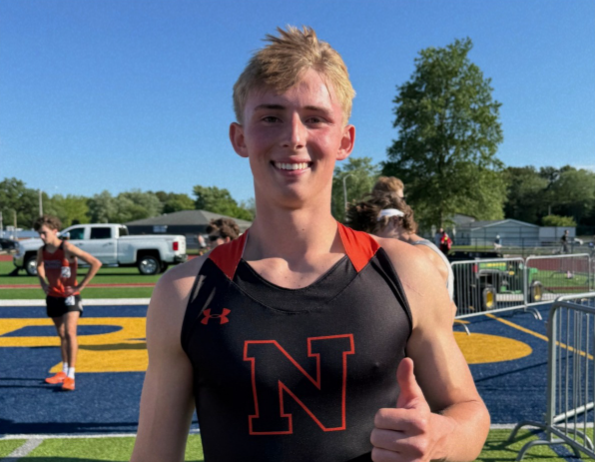
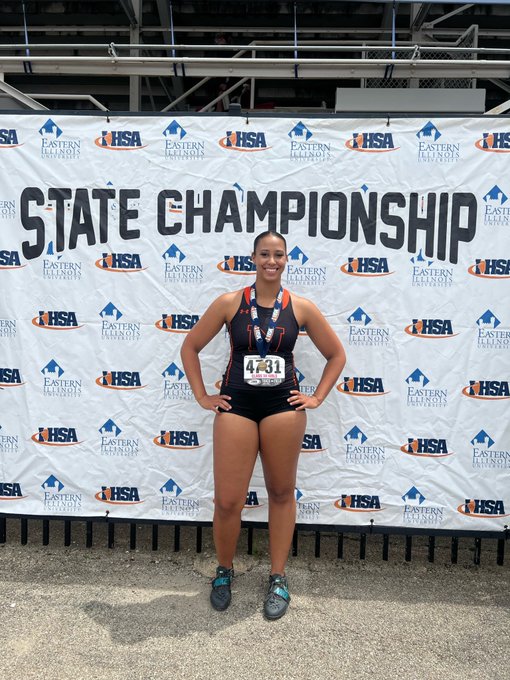
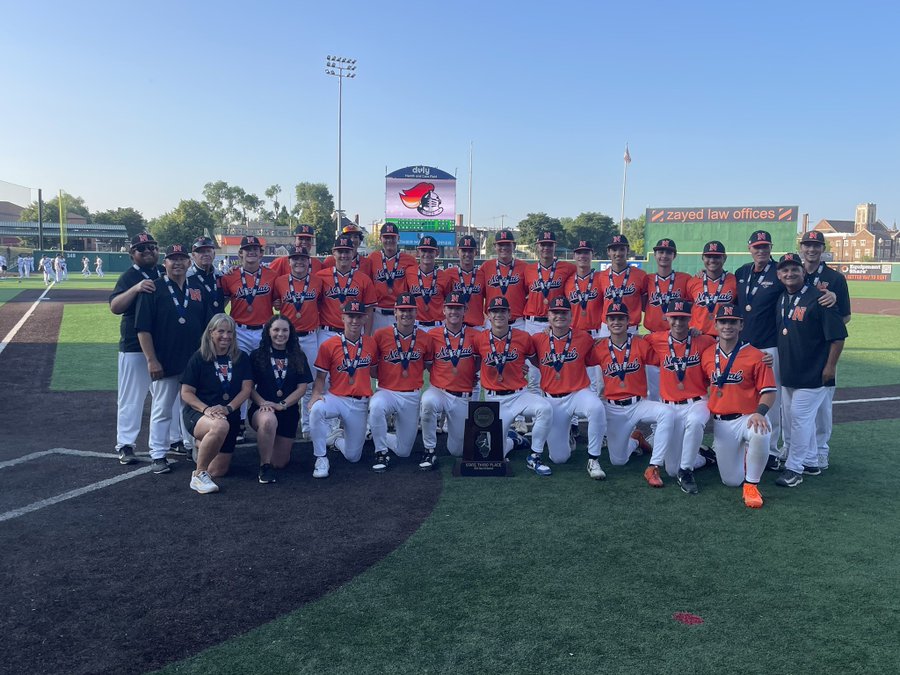



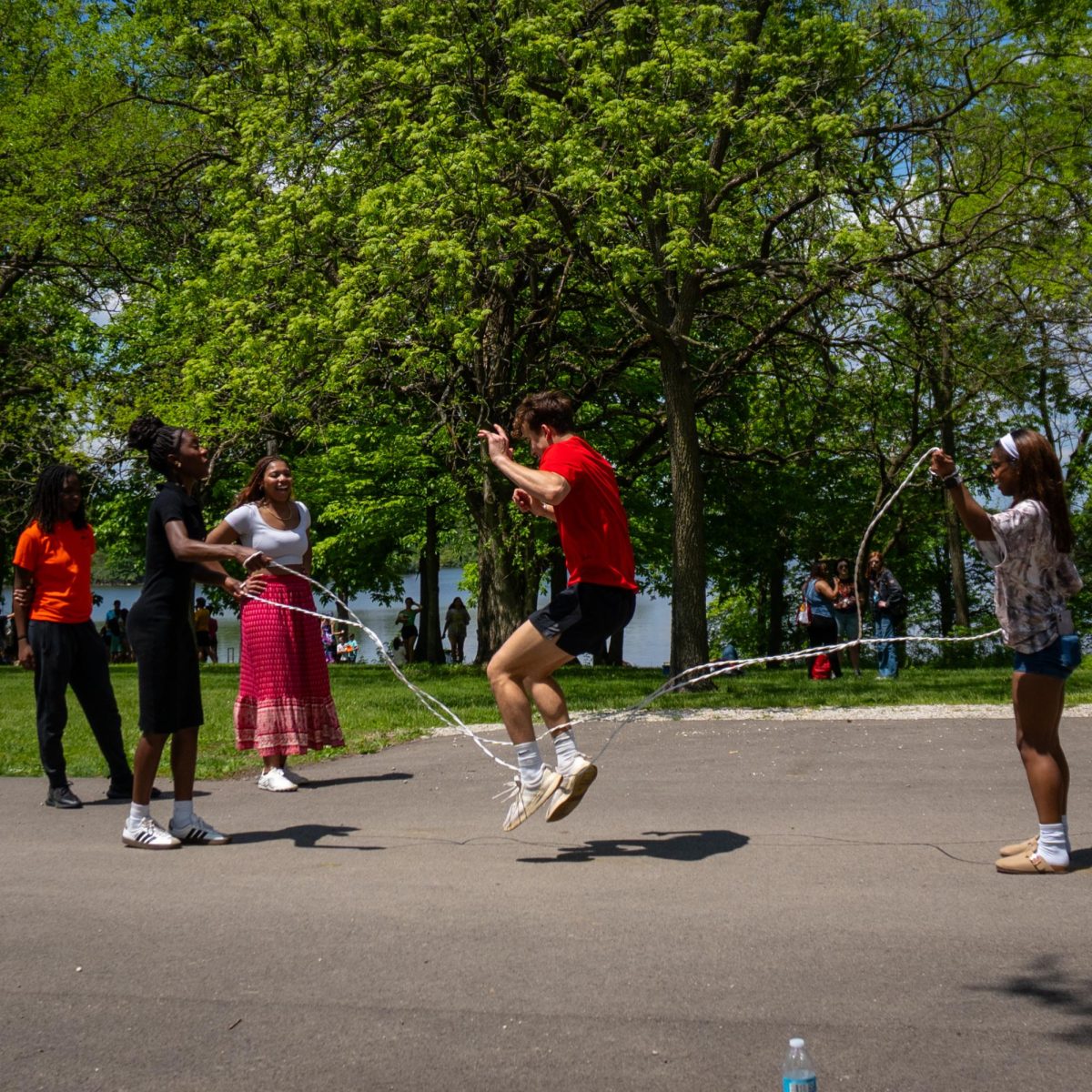



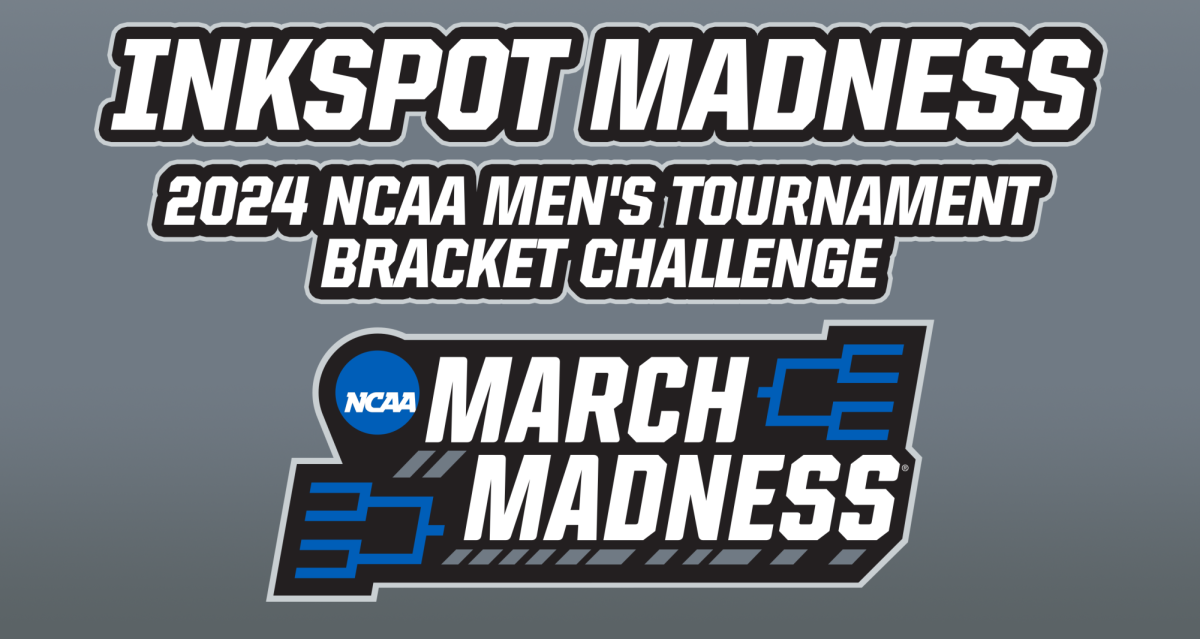
![Halloween candy cross section quiz [quiz]](https://nchsinkspot.com/wp-content/uploads/2022/10/Candy-cover-big-900x675.png)
![Average Jonah? [quiz]](https://nchsinkspot.com/wp-content/uploads/2022/05/average-jonah-900x600.png)

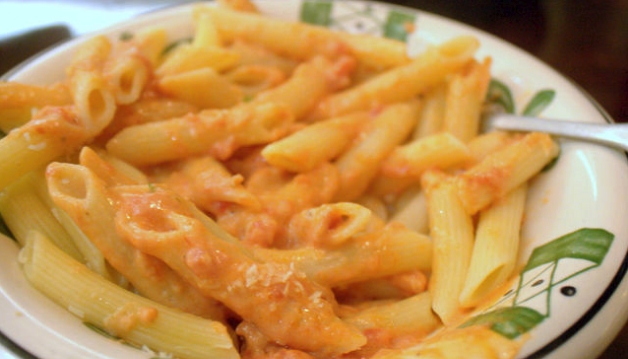
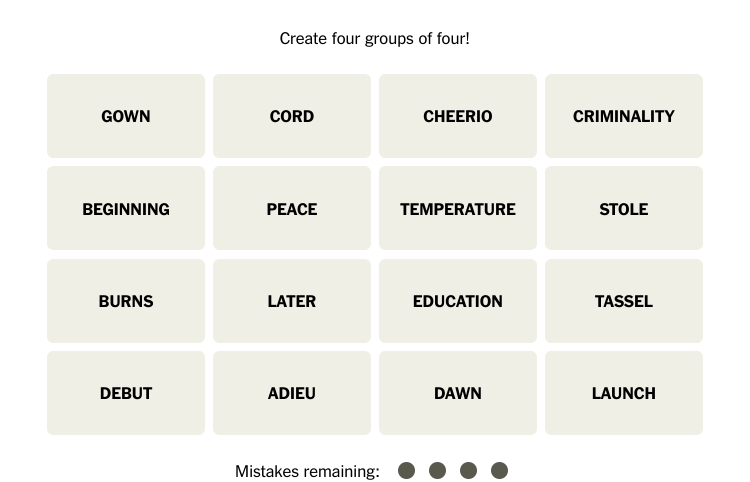
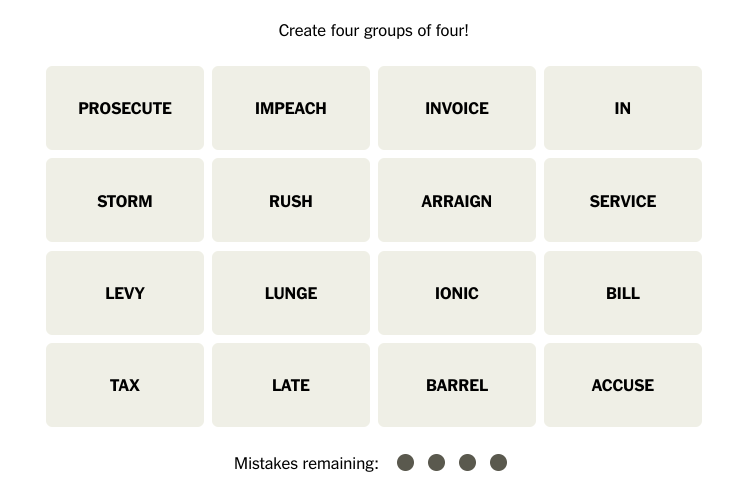
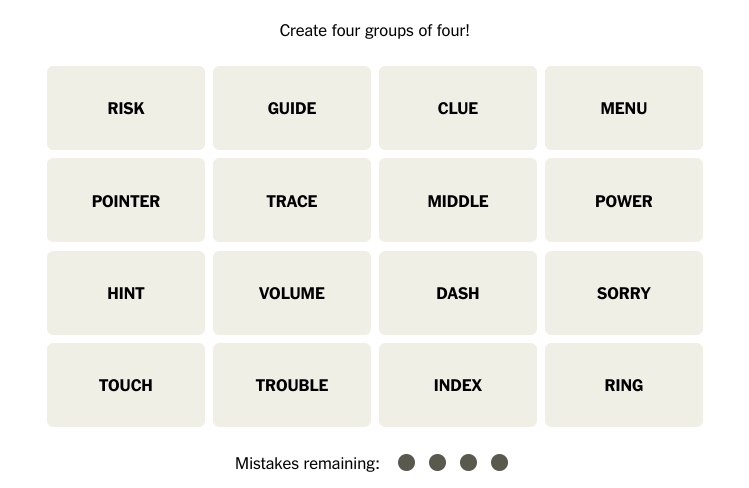
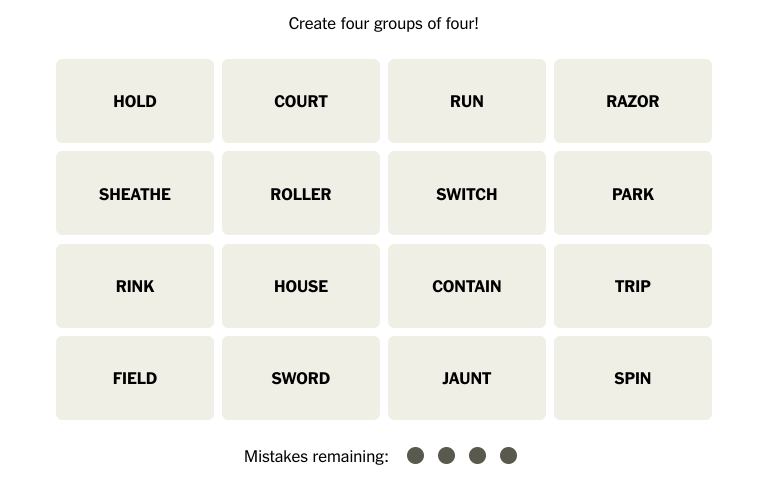

![[Photo Illustration]](https://nchsinkspot.com/wp-content/uploads/2025/09/trigger-words.png)



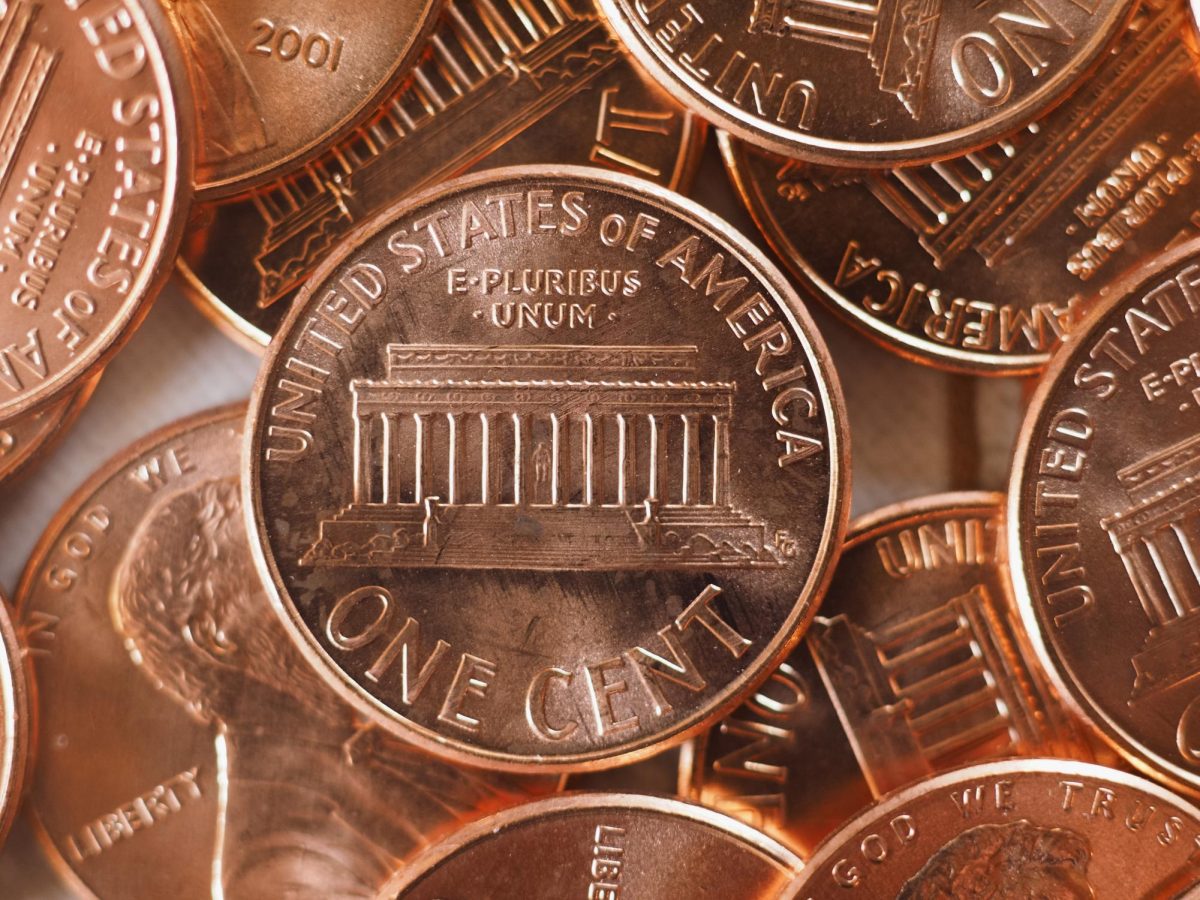




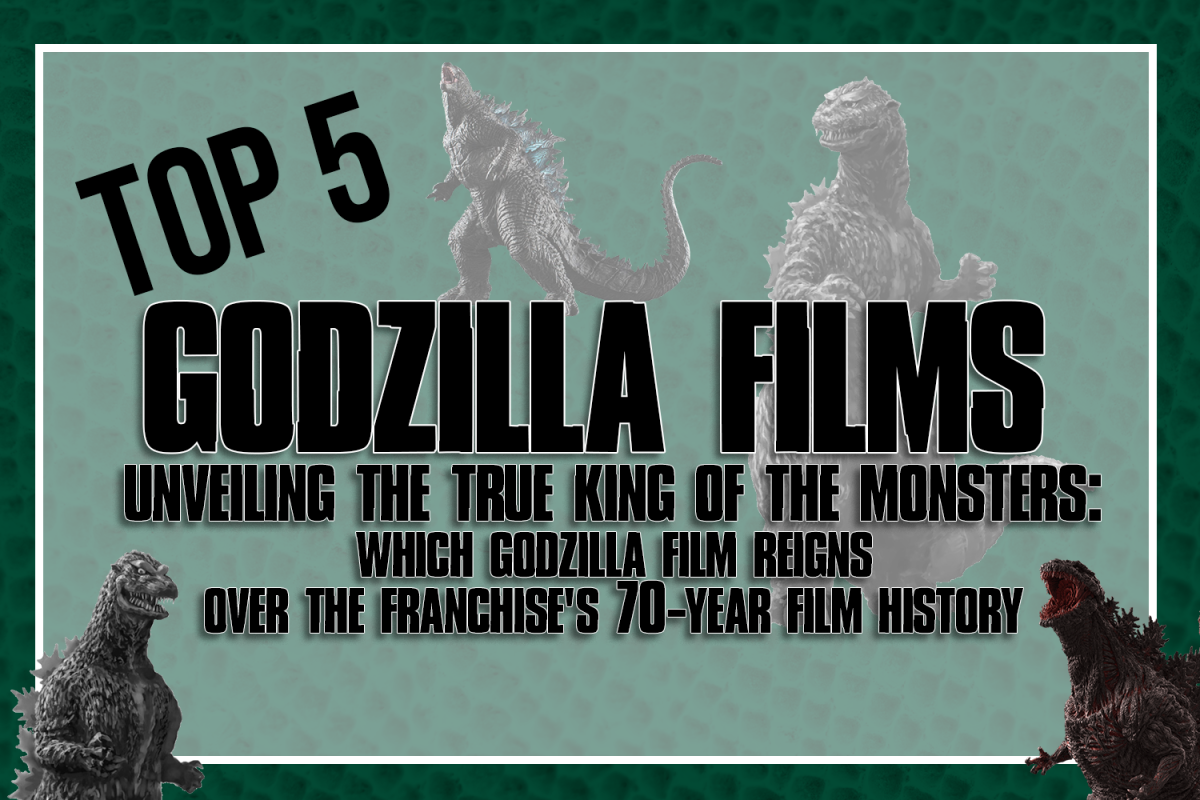

![Week 5: Coach Drengwitz previews the Ironmen’s matchup vs. Peoria Manual, recaps Week 4 [video]](https://nchsinkspot.com/wp-content/uploads/2025/09/Week-5-v-Rams-1200x675.png)

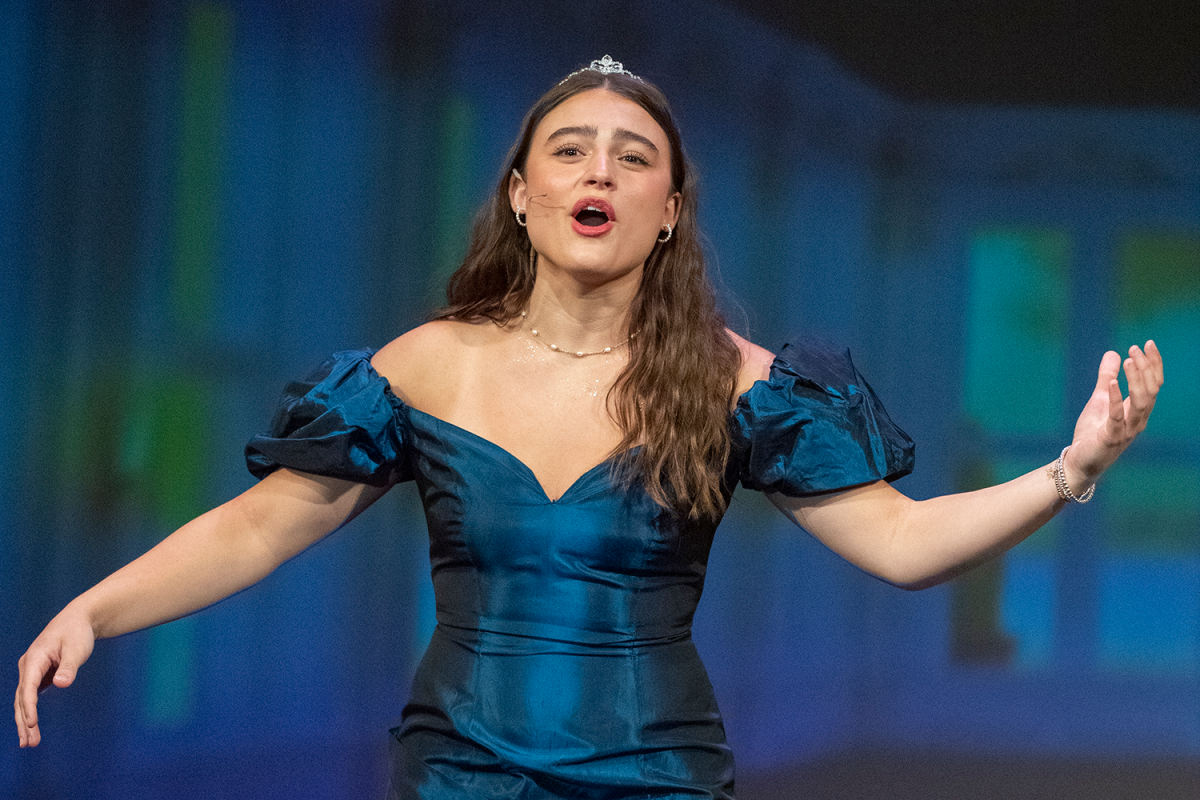

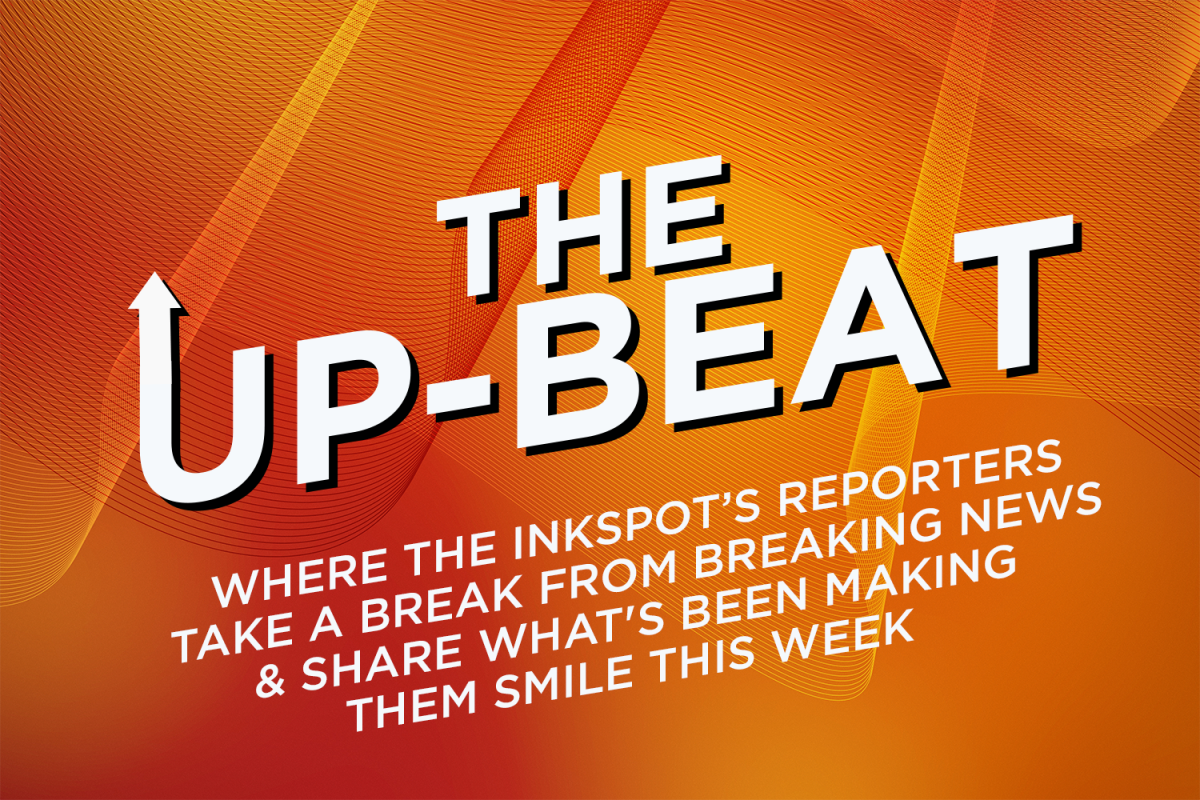
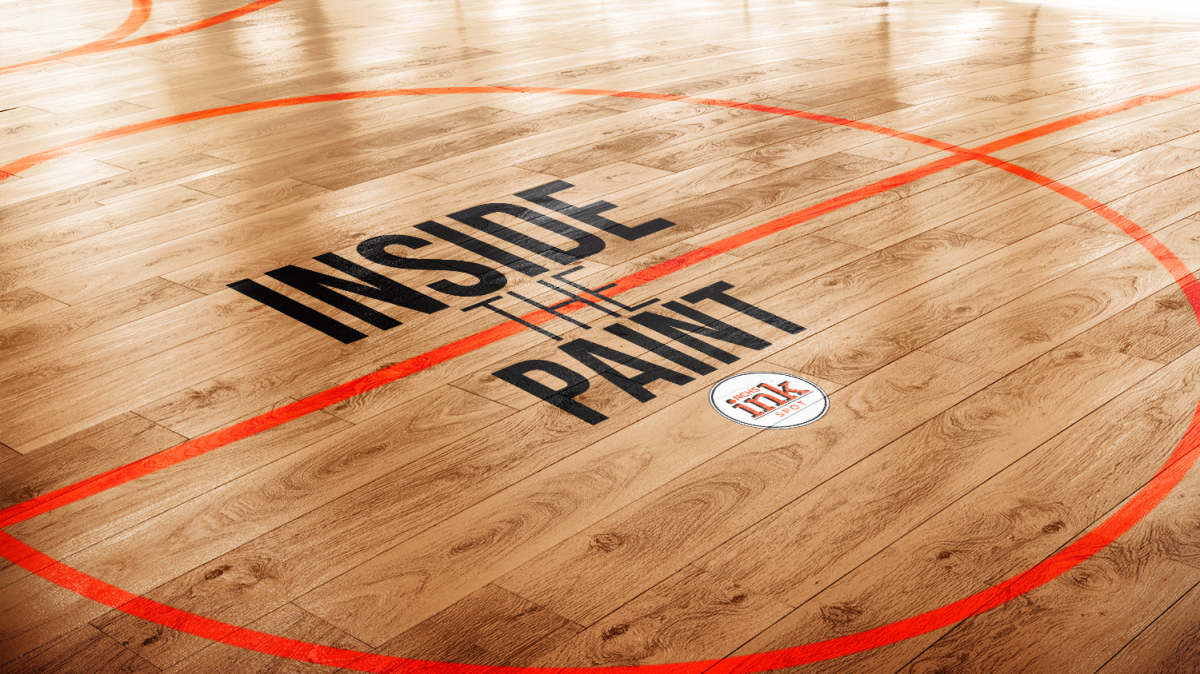
![Postgame reaction: Coach Drengwitz on Community’s 28-17 Loss to Kankakee [video]](https://nchsinkspot.com/wp-content/uploads/2025/09/Week-4-postgame--1200x675.png)
![Week 4: Coach Drengwitz previews the Ironmen’s matchup vs. Kankakee [video]](https://nchsinkspot.com/wp-content/uploads/2025/09/Ironmen-v-Kankakee-video-1200x1200.png)
![On the Spot: This or That – Halloween [video]](https://nchsinkspot.com/wp-content/uploads/2024/10/tot-Halloween-YT-1200x675.png)
![On the Spot: This or That – Fall favorites [video]](https://nchsinkspot.com/wp-content/uploads/2024/10/ots-fall-web-1200x800.png)
![On the Spot – Teachers tested on 2023’s hottest words [video]](https://nchsinkspot.com/wp-content/uploads/2024/01/On-the-Spot-Teachers-tested-1200x675.png)
